Squash vs tennis is a classic debate among athletes, fitness enthusiasts, and weekend warriors alike. While both demand agility, precision, and endurance, they offer vastly different experiences from the court you play on to the shoes on your feet.
In this blog, we will break down everything you need to know: the key differences in equipment (including squash racket vs tennis racket and squash shoes vs tennis shoes), grip techniques (squash grip vs tennis grip), historical roots, scoring systems, and even calorie burn. Whether you are drawn to the global spectacle of lawn tennis or the underground intensity of squash, this comparison will help you make the perfect choice.
Why is Tennis More Popular than Squash?
At first glance, squash and tennis might seem like siblings; both involve a racquet, a ball, and a competitive spirit. But in terms of global reach, media coverage, and cultural impact, tennis is the undisputed champion.
Tennis: Global, Glamorous, Billion-Dollar Game
Tennis boasts a global footprint unlike any other racquet sport. With four Grand Slam tournaments, the Australian Open, French Open, Wimbledon, and US Open, it commands billions in revenue and attracts millions of viewers worldwide. Wimbledon alone, steeped in tradition since 1877, is synonymous with elite sport and royal patronage.
Tennis is also an Olympic sport, further cementing its mainstream status. The ATP and WTA tours feature household names like Novak Djokovic, Roger Federer, and Rafael Nadal, whose endorsements and social media followings rival those of Hollywood stars- Djokovic alone has over 14 million Instagram followers. From luxury sponsorships to prime-time TV slots, tennis is a billion-dollar industry built on glamour, drama, and athleticism.
Squash: Elite Fitness, Urban Appeal
Squash, on the other hand, thrives in the shadows – but don’t underestimate its power. Often dubbed “the world’s healthiest sport” by Forbes and Harvard Medical School, squash is a fitness juggernaut played in compact, four-walled courts, mostly indoors. Its appeal lies in urban centres, private clubs, and universities, where space is limited but intensity is high.
Although squash has yet to secure a spot on the Olympic roster (despite multiple bids), its global community is fiercely loyal. Professional squash tours like the PSA World Tour showcase blistering rallies and world-class athleticism. Cities like Cairo, New York, and London host major tournaments that draw elite players — and spectators who appreciate the sport’s raw, unfiltered energy.
Read More: Tennis Court Dimensions
Key Differences of Tennis vs Squash
While both are racket sports, tennis and squash differ dramatically in court size, pace, scoring, and physical demands, making each ideal for different fitness goals and playing styles.
| Feature | Tennis | Squash |
| Court Type | Open court with net (23.77m x 8.23m singles) | Enclosed 4-wall court (9.75m x 6.4m) |
| Ball | Larger felt-covered ball, high bounce | Small rubber ball, low bounce |
| Racket Length | 27-29 inches (68-74cm) | ~22 inches (55cm) |
| Scoring | Best of 3/5 sets, games to 6, deuce rules | Best of 5 sets, 11 points per set |
| Serve Rules | Must land in the diagonally opposite service box | Must hit the front wall first |
| Footwear | Surface-specific, cushioned, durable | Non-marking, sticky grip |
| Dominant Grip | Eastern/Western/Continental (varies by shot) | Continental |
| Calorie Burn (per hr) | 400–600 | 600–1000+ |
| Rally Duration | Longer, strategic | Short, explosive |
How is a Squash Racket Different from a Tennis Racket
Size, Weight & Head Shape
When comparing a squash racquet vs a tennis racquet, the differences are immediately apparent. A standard adult tennis racket measures around 27 inches (68.5cm) in length, while a squash racket is significantly shorter, approximately 22 inches (55cm). This compact size allows squash players to manoeuvre quickly in tight spaces and react to lightning-fast shots.
The head shape also differs- tennis rackets feature a rounder, more forgiving head ideal for power and spin, while squash rackets have a squared-off or teardrop-shaped head for precision and control in confined rallies.
Weight-wise, squash rackets are lighter (110-150g) to facilitate rapid swings, whereas tennis rackets are heavier (250-350g) to generate power behind serves and groundstrokes.
Why You Can’t Swap Them
While you could technically hit a tennis ball with a squash racket (or vice versa), it’s neither safe nor effective. A squash racket lacks the mass and string tension to handle a tennis ball’s speed and bounce- you risk damaging the frame or injuring your wrist. Conversely, swinging a heavy tennis racket in a squash court is like bringing a sledgehammer to a scalpel fight; you’ll lack the finesse and reaction time needed for wall-based rallies.
Squash Shoes vs Tennis Shoes – Traction, Support & Surface Matters
Sole Design & Court Compatibility
Squash shoes vs tennis shoes might look similar at a glance, but their engineering is worlds apart. Squash demands sudden stops, lateral lunges, and 360-degree pivots, so squash shoes are designed with non-marking, gum rubber soles that offer maximum grip on smooth wooden or synthetic courts. The tread is minimal to prevent slipping during hairpin direction changes.
Tennis shoes, by contrast, are built for surface versatility. Whether you’re sliding on clay, sprinting on grass, or pounding a hard court, tennis footwear offers tailored traction patterns, extra cushioning for impact, and reinforced toe guards for toe-dragging serves. Hard-court shoes prioritise durability, while clay-court shoes feature herringbone soles for controlled slides.
Can You Use Tennis Shoes for Squash?
Technically? Maybe if they’re non-marking. Practically? Not recommended. Tennis shoes often lack the lateral grip and lightweight agility needed for squash. Worse, they may leave scuff marks on pristine squash courts, a major faux pas in most clubs. For safety, performance, and court etiquette, invest in proper squash-specific footwear.
How Grip Technique Changes Between Squash and Tennis
Dominant Grips Used
Grip technique is vital in racquet sports, and squash and tennis differ sharply. Squash players rely almost entirely on the continental grip, like holding a hammer, for quick, no-adjustment shots in fast rallies. Tennis uses multiple grips: Eastern or Western for forehands, continental for serves and volleys, and two-handed for backhands. This adaptability supports power and spin but requires more technical shifts. Squash prioritises speed and consistency in tight, reactive play with minimal grip changes.
Why Grip Matters for Shot Efficiency
In squash, the continental grip enables seamless execution of drives, boasts, and drop shots- all without shifting your hand. In tennis, changing grips is part of the strategy: a Western grip generates heavy topspin on clay, while a Continental grip delivers crisp volleys at the net.
Using the wrong grip in either sport leads to inefficiency, mishits, and injury. Master your grip, and you master the game.
Lawn Tennis vs Squash – Origins, Rules & Scoring Compared
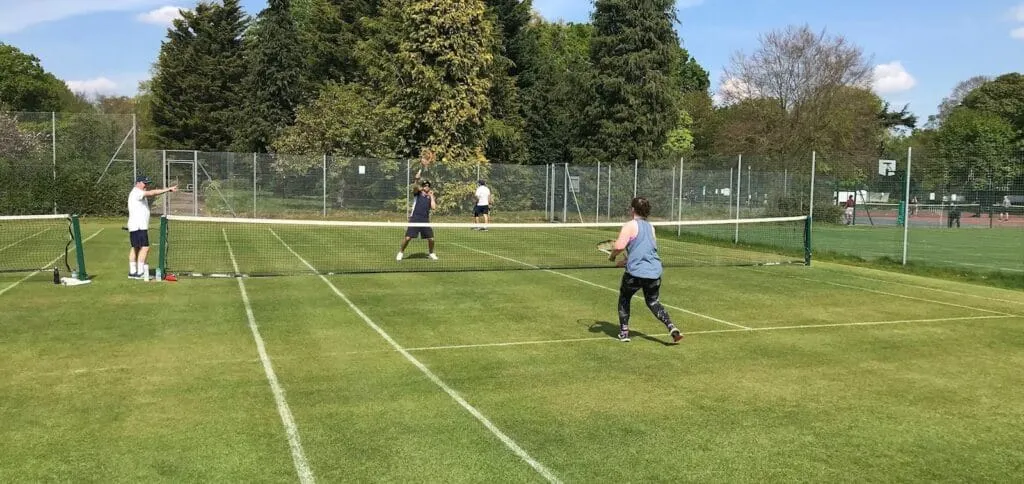
Historical Origins & Evolution
The term “lawn tennis” emerged in 19th-century England to distinguish the modern outdoor game from “real tennis” (an older, indoor variant). It quickly spread across the British Empire, evolving into today’s global phenomenon.
Squash, meanwhile, was born in London’s Harrow School around the same era. Students modified rackets and used punctured balls that “squashed” against walls, hence the name. It grew as an urban, indoor alternative to tennis, prized for its intensity and accessibility.
Rulebook Breakdown (Serve, Rally, Let)
- Tennis: The serve must land in the diagonally opposite service box. The ball can bounce once before returning. Points are lost if the ball lands out or fails to clear the net.
- Squash: Serve must hit the front wall above the service line and below the out line, then land in the opposite quarter court. The ball must be struck before it bounces twice. “Let’s” is called for interference, a unique feature absent in tennis.
Scoring Systems Side-by-Side
- Tennis: Games (15, 30, 40, deuce), Sets (first to 6 games, win by 2), Matches (best of 3 or 5 sets).
- Squash: Points (first to 11, win by 2), Sets (best of 5), Matches. Only the server can score in traditional scoring, though rally scoring (anyone can score) is now common.
Which Sport Burns More Calories and Builds Better Agility?
Squash – The Ultimate Cardio Crusher (600–1000+ calories/hour)
Squash is often hailed as the most physically demanding sport on the planet. A 60-minute match can torch 600 to 1000+ calories, thanks to non-stop sprinting, lunging, and pivoting. It builds explosive leg strength, core stability, and unparalleled cardiovascular endurance. Harvard Medical School ranks it #1 for calorie burn among racket sports.
Tennis – The Full-Body Strategist (400–600 calories/hour)
Tennis offers a more balanced, strategic workout. While less intense than squash, a competitive singles match still burns 400–600 calories per hour. It emphasises rotational power, shoulder strength, and mental stamina. Doubles play is a social and lower-impact activity, perfect for promoting longevity and joint health.
Which One Matches Your Fitness Goals?
- Weight Loss & Cardio: Squash wins hands down.
- Muscle Tone & Strategy: Tennis offers more variety and joint-friendly options.
- Agility & Reflexes: Both excel, but Squash’s confined space demands quicker reactions.
Which One Fits Your Lifestyle?
Ask yourself if you crave the sun-drenched drama of a grass-court final, or the sweat-drenched intensity of a 45-minute rally in a glass-walled arena?
- Choose Tennis if you love outdoor play, social doubles matches, global events, and a sport with deep cultural roots.
- Choose Squash if you prefer fast-paced, solo workouts, indoor convenience, and a sport that challenges your cardio and reflexes like no other.
Conclusion
Squash vs tennis isn’t about declaring a winner, it’s about finding your fit. Tennis offers global glory, outdoor freedom, and lifelong social play. Squash delivers unmatched fitness, urban convenience, and raw, unrelenting intensity.
Whichever you choose, you’re joining a global community bound by racquets, resilience, and the love of the game. So grab your gear, whether it’s a squash racquet vs a tennis racquet, lace up the right shoes, master your grip, and hit the court. Your next passion awaits.
Download Playo on Android or iOS, or visit playo.co to start playing
Frequently Asked Questions
Tennis swings are longer and power-driven for open court play. Squash swings are compact and wrist-controlled for tight spaces and wall rebounds, prioritising precision and reaction over force.
Squash is often ranked the world’s fittest sport. It burns 600 to 1000+ calories per hour and demands elite cardio, agility, and endurance through non-stop sprints, lunges, and rapid directional changes.
Squash has never been in the Olympics. It has bid multiple times but lacks global TV appeal, flexible venue needs, and IOC prioritisation compared to established or newer sports like skateboarding or surfing.
Tennis strings are thicker and spaced for power and spin. Squash strings are finer and tightly strung for control and feel. Both use similar materials but are tensioned to match each sport’s ball speed and court dynamics.
Badminton is closest to tennis, sharing net play, overhead smashes, and footwork. Pickleball also mirrors tennis rules and layout, making it the fastest-growing tennis-like sport for casual players and seniors alike.

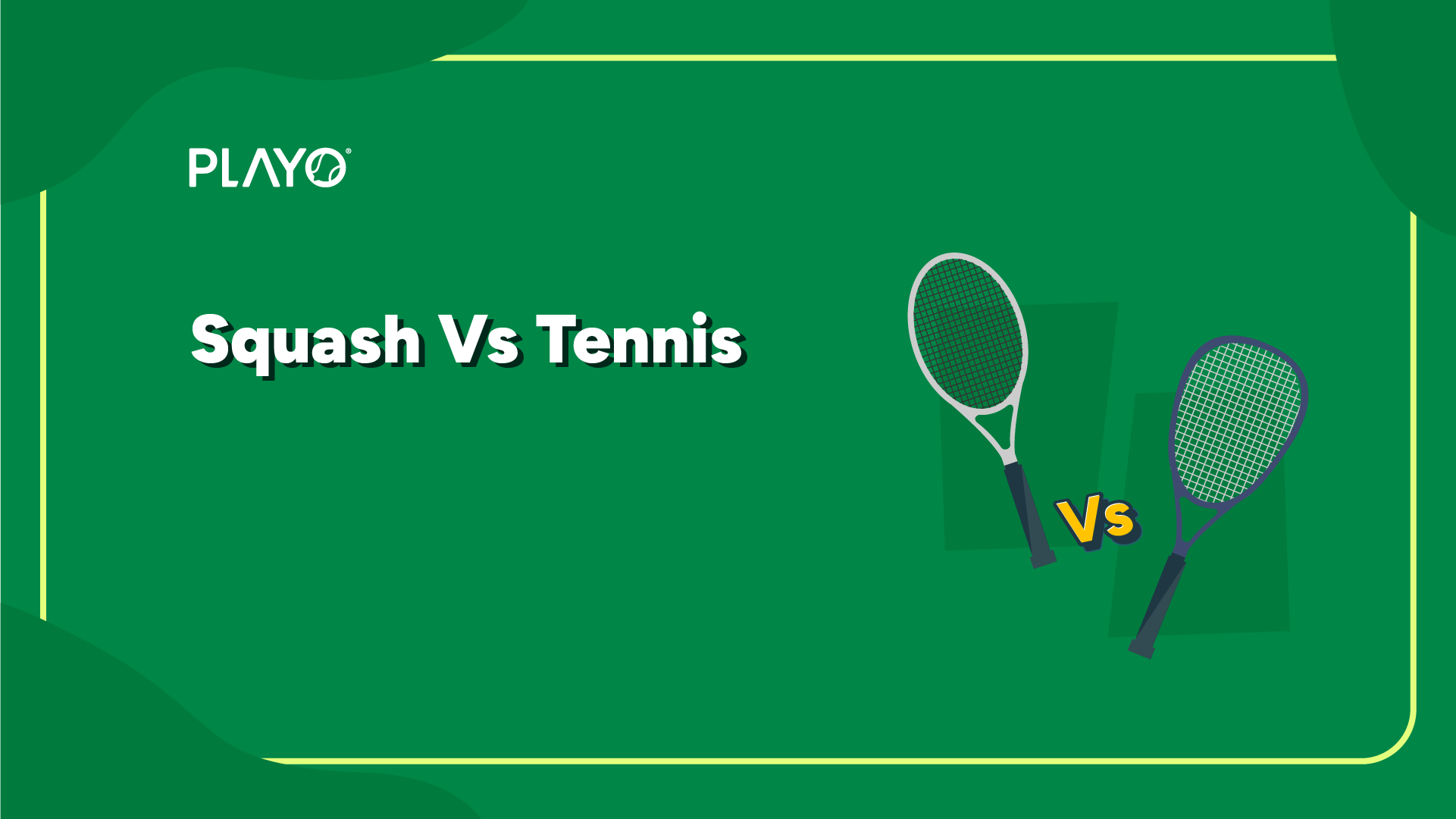
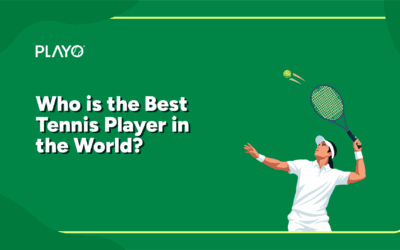
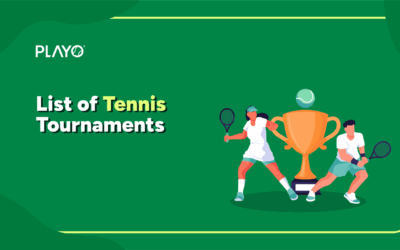
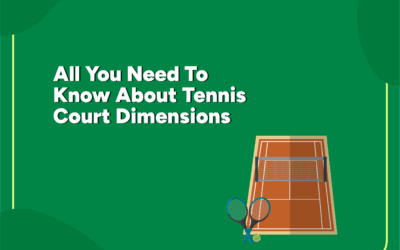
0 Comments